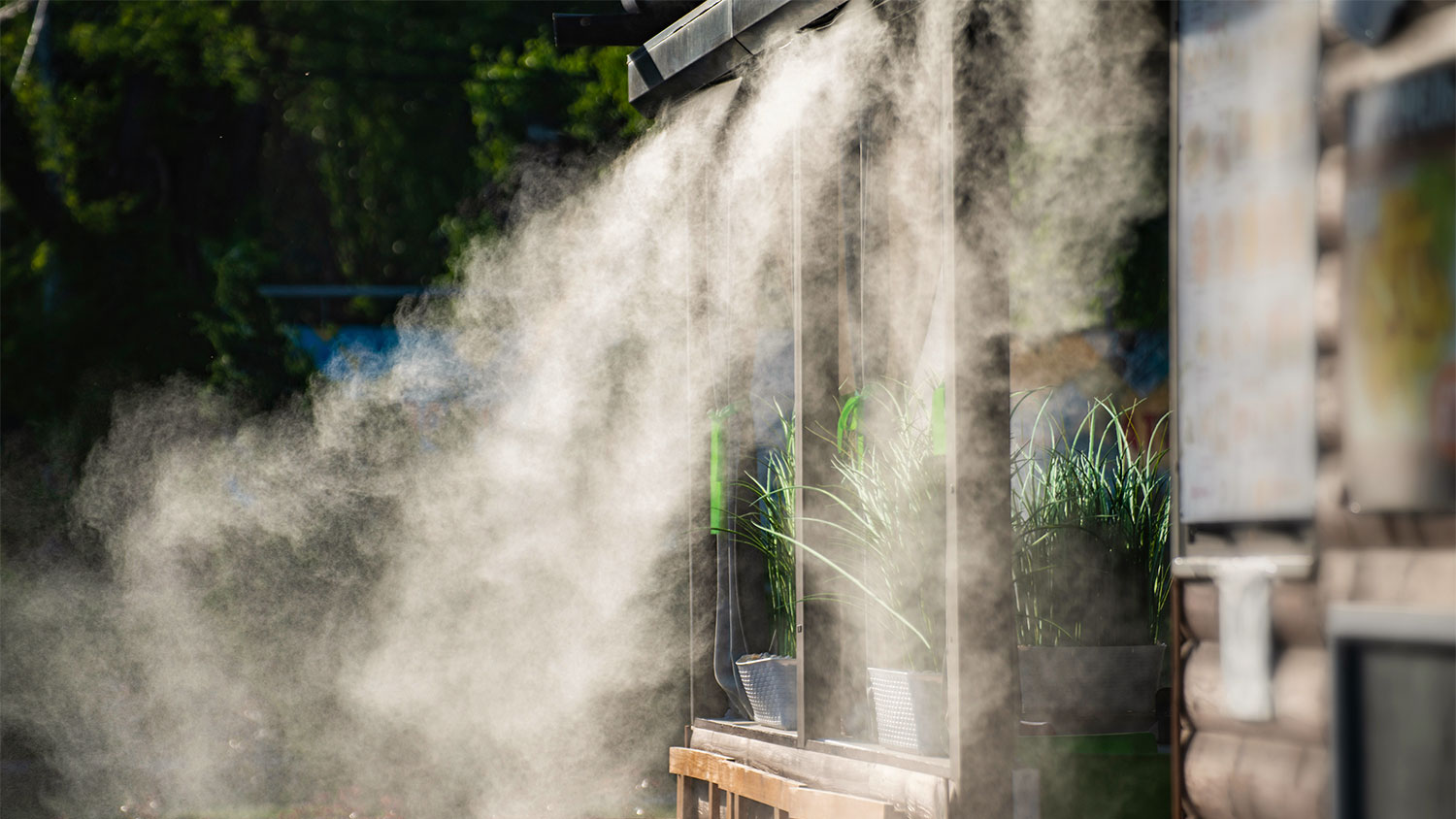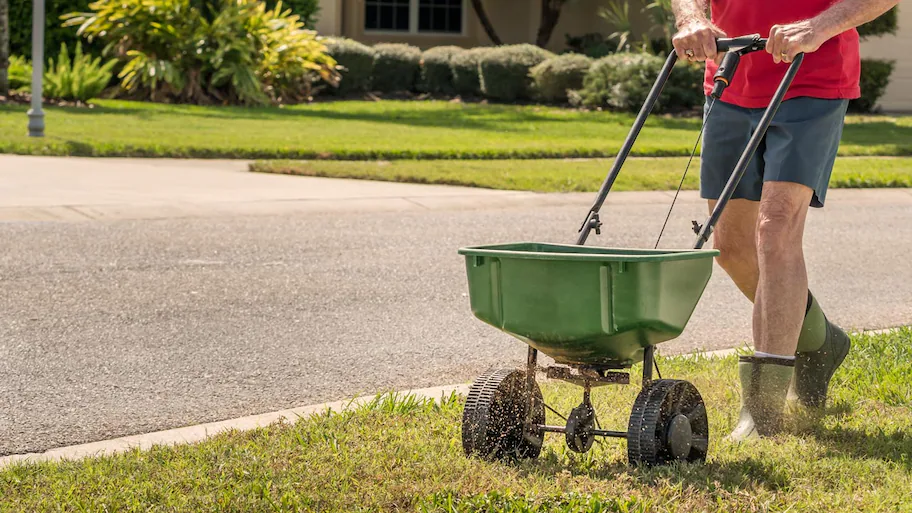
Learn how much an outdoor misting system costs with this guide, covering system type, size, installation, maintenance, water use, and tips for accurate budgeting.
Installing a grey water system costs an average of $4,000


Average grey water system costs range from $2,200 to $5,500, depending on complexity.
Costs vary due to system size, type, plumbing work, and usage frequency.
Installing or updating a grey water system helps conserve water.
Recycling grey water can reduce water bills and promote sustainability.
This article was updated using automation technology and thoroughly reviewed for accuracy by HomeAdvisor Editor Ryan Noonan.
Grey water system costs depend on system size, plumbing complexity, and how many times you plan to reuse each gallon. Most homeowners spend an average of $4,000, with average prices running anywhere from $2,200 to $5,500. Costs can run as low as $600 for a simple system that runs from your laundry room to your yard and up to $20,000 for a more complex, full-house system.
A grey water system redirects lightly used household water—think shower, laundry, or bathroom-sink runoff—so you can hydrate lawns and landscaping instead of sending that water straight to the sewer. Bringing in a licensed pro helps you stay code-compliant, protect your home’s plumbing, and get a system that truly fits your household’s water-saving goals.
How much you’ll spend to install a grey water system depends on a variety of factors. Here’s a closer look at how your total breaks down.
The size of your greywater system has a significant impact on your costs. Choose a system size that suits your household’s needs and your intended use. Here are the average costs of various sized-systems, which are rated based on the gallons per day they’re able to process.
| Gallons per Day | Description | Average Cost |
|---|---|---|
| 25–50 | Small system for one appliance or room | $500–$2,500 |
| 50–150 | Medium system for small homes | $2,000–$5,000 |
| 150–300 | Large system for larger families/homes | $4,000–$9,000 |
| 300+ | Extra-large/multi-unit or commercial use | $8,000–$20,000+ |
There are several types of grey water systems to choose from. Here are the average costs for each type.
| System Type | Description | Average Cost | Cost Impact | Pros | Cons |
|---|---|---|---|---|---|
| Simple diverter | Redirects water with valves/gravity | $500–$2,500 | Low | Low cost, easy to install, minimal maintenance | Limited capacity, manual operation |
| Branched drain | Distributes to multiple areas | $1,000–$4,000 | Moderate | Good for irrigation, scalable | Requires planning, more labor |
| Pumped system | Uses pump for pressure/distance | $4,000–$10,000 | High | Flexible placement, serves larger homes | Needs electricity, higher maintenance |
| Automated filtration | Filters/disinfects, smart controls | $8,000–$20,000 | Highest | Best water quality, automated, low-touch | Expensive, complex, higher repair costs |
Most grey water systems require a professional plumber or general contractor for complex installations, making labor a significant cost factor. These pros charge between $50 and $150 per hour, depending on local labor rates and their experience level. The more complex your system is and the more site preparation your project needs, the higher your labor costs will be.
It’s likely that you’ll need a permit to install a grey water system, but requirements and permit fees vary across municipalities. Expect to pay between $50 and $1,000, depending on local regulations.
Consider these additional expenses when planning your project budget:
Installing new plumbing costs $370 to $2,150
The cost to set up a sprinkler system averages between $1,600 and $3,600
Land excavation prices run from $1,700 to $6,700
Consider these cost-saving strategies to make your grey water system installation more budget-friendly:
Get detailed quotes from multiple local plumbing pros to compare rates and ensure competitive pricing.
Research local rebate programs or incentives to offset installation costs.
Start by installing a basic system and add upgrades later.
Choose the right size of system for your home’s actual water use so you don’t overspend on a system that is too large for your needs.
Before beginning any DIY project, make sure that your local municipality doesn't require the work to be performed by a licensed professional, especially a project that has such great potential for exposure to infectious waste.
If you have solid plumbing experience—and the time for the project—tackling a DIY grey water system may be within reach. Regardless, it’s still a good idea to contact a plumber near you for a consultation.
Schedule a local plumbing pro to make sure your grey water system is sized and installed correctly the first time to avoid costly mistakes and future repairs.
No place is more important than your home, which is why HomeAdvisor connects homeowners with local pros to transform their houses into homes they love. To help homeowners prepare for their next project, HomeAdvisor provides readers with accurate cost data and follows strict editorial guidelines. After a project is complete, we survey real customers about the costs to develop the pricing data you see, so you can make the best decisions for you and your home. We pair this data with research from reputable sources, including the U.S. Bureau of Labor Statistics, academic journals, market studies, and interviews with industry experts—all to ensure our prices reflect real-world projects.
From average costs to expert advice, get all the answers you need to get your job done.

Learn how much an outdoor misting system costs with this guide, covering system type, size, installation, maintenance, water use, and tips for accurate budgeting.

Check out how to effectively budget for sprinkler system installation based on costs, land size, sprinkler type, and more.

Budget for sprinkler repair costs based on factors like part prices, labor, repair type, regular professional maintenance, and more.

Use this guide to explore how factors such as property size, location, preparation work, labor rates, and grass type impact the cost of reseeding your lawn.

Learn how much lawn aeration costs, exploring how factors like the area size, method, prep work, and additional services affect the total price.